Photos: Royal Statue with Egyptian Hieroglyphics
Aspelta, a king
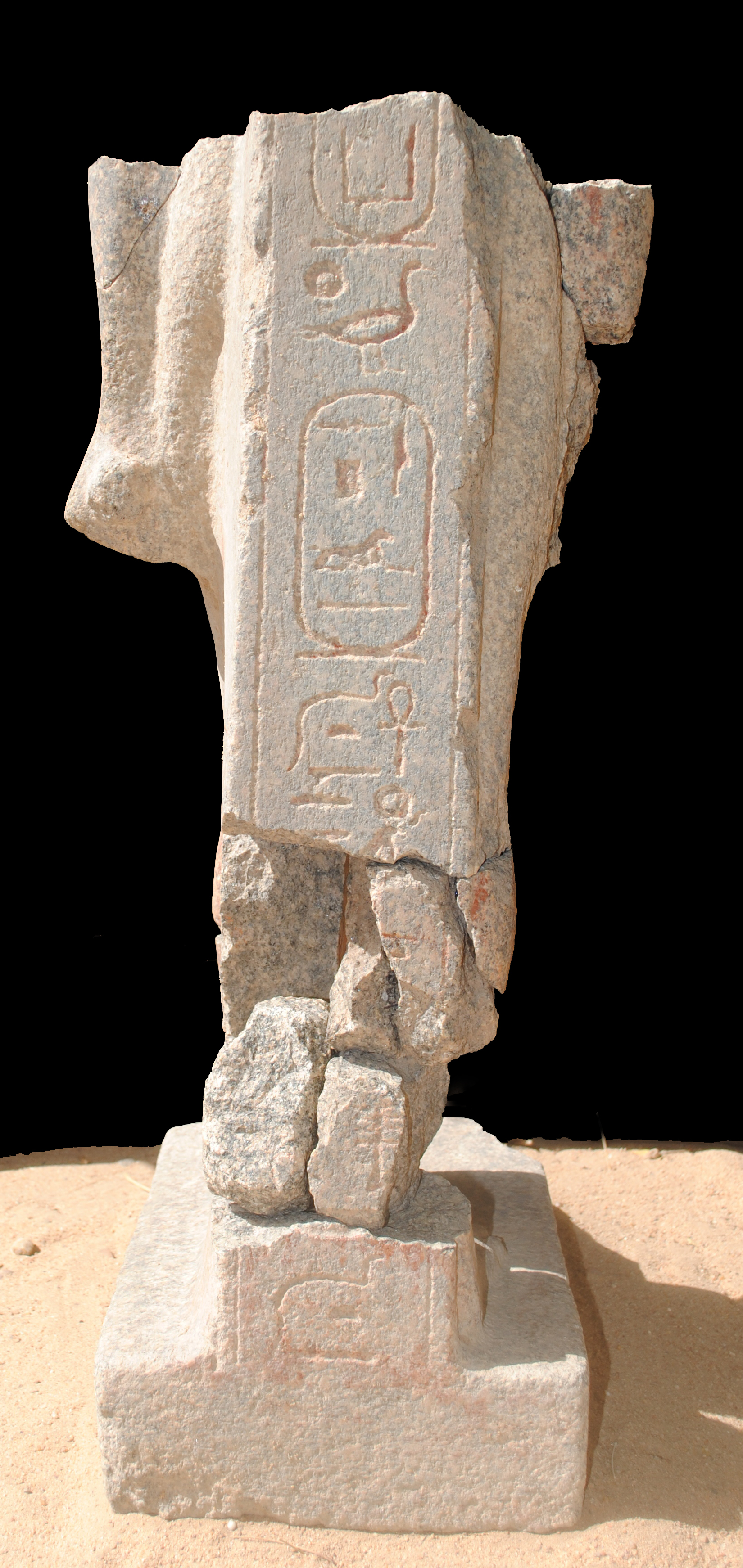
Parts of a 2,600-year-old statue engraved with an Egyptian hieroglyphic inscription were discovered recently at the site of Dangeil in Sudan. The statue depicts Aspelta, a king who ruled a kingdom called "Kush" between 593-568 B.C. The inscription calls him "King of Upper and Lower Egypt" even though he did not control Egypt. [Read more about the statue discovery]
Discovering the glyphs
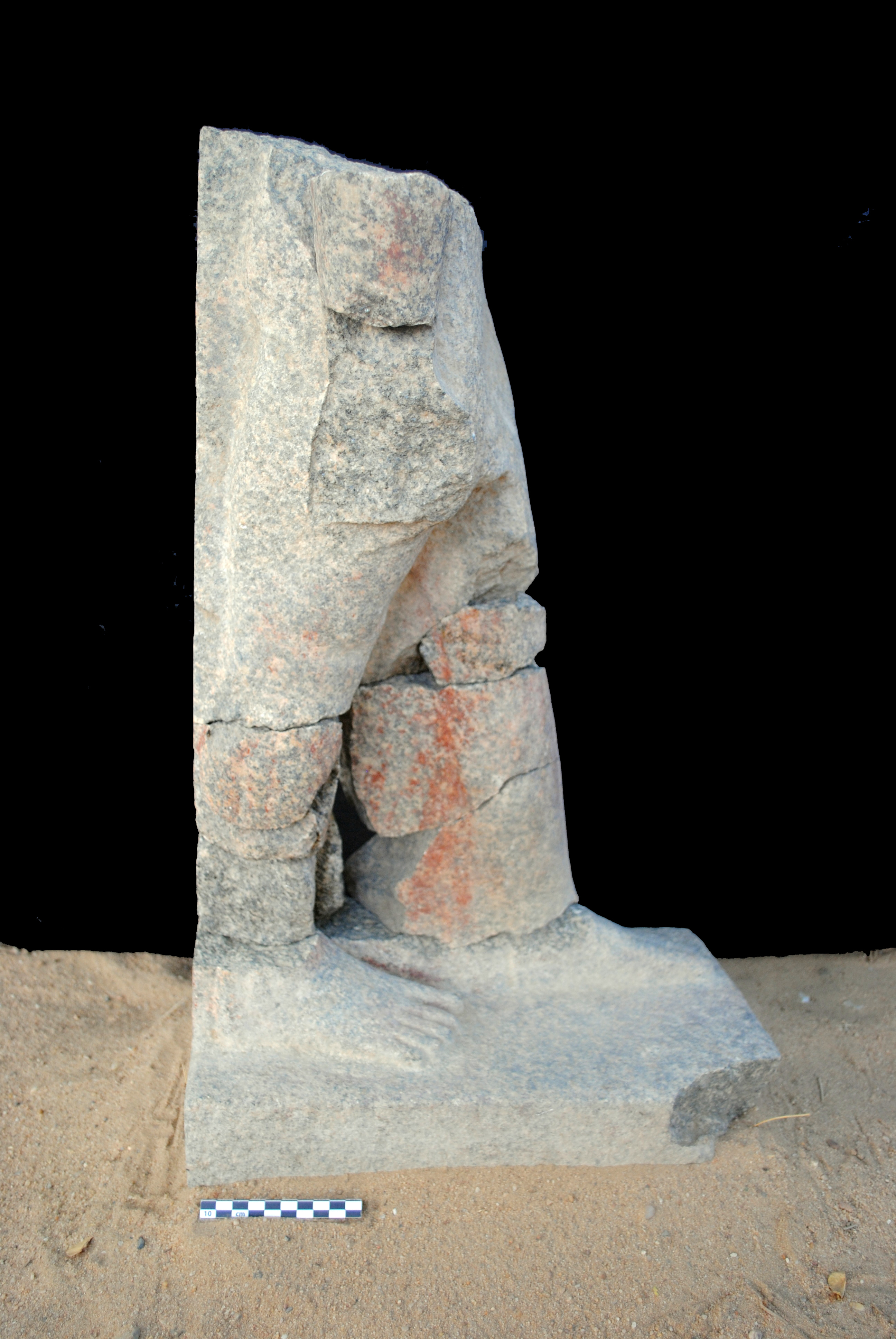
Parts of the Aspelta statue were discovered back in 2008 while other parts (including the part with the inscription) were found during fieldwork conducted in 2016 and 2017. Archaeologists are now in the process of reconstructing the statue.
First finds
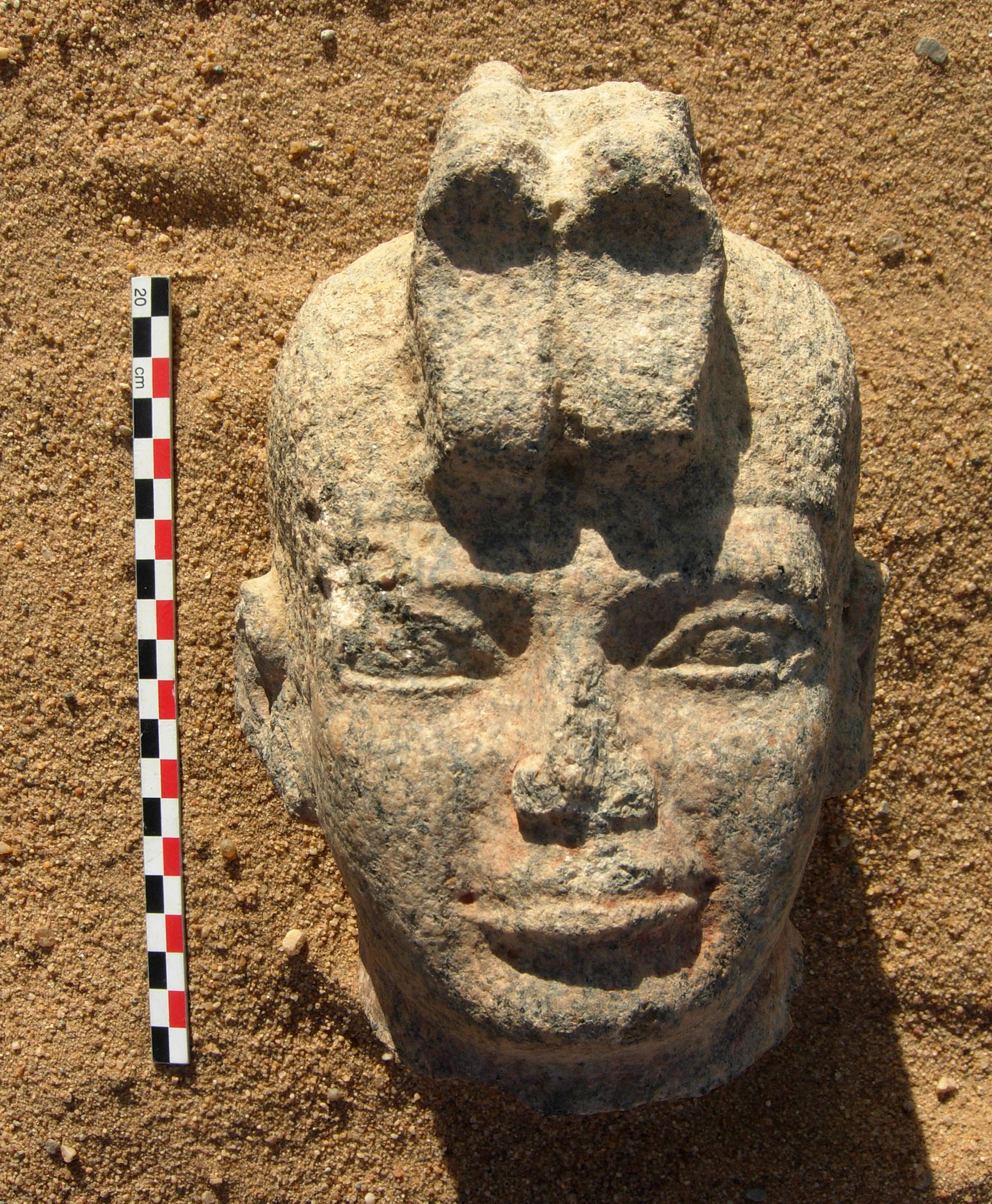
The head of the Aspelta statue, seen here, was discovered back in 2008. At that time the portion of the statue with the hieroglyphic inscription had not been discovered. This meant that the statue could not be definitively identified as Aspelta until recently.
Temple to Amun
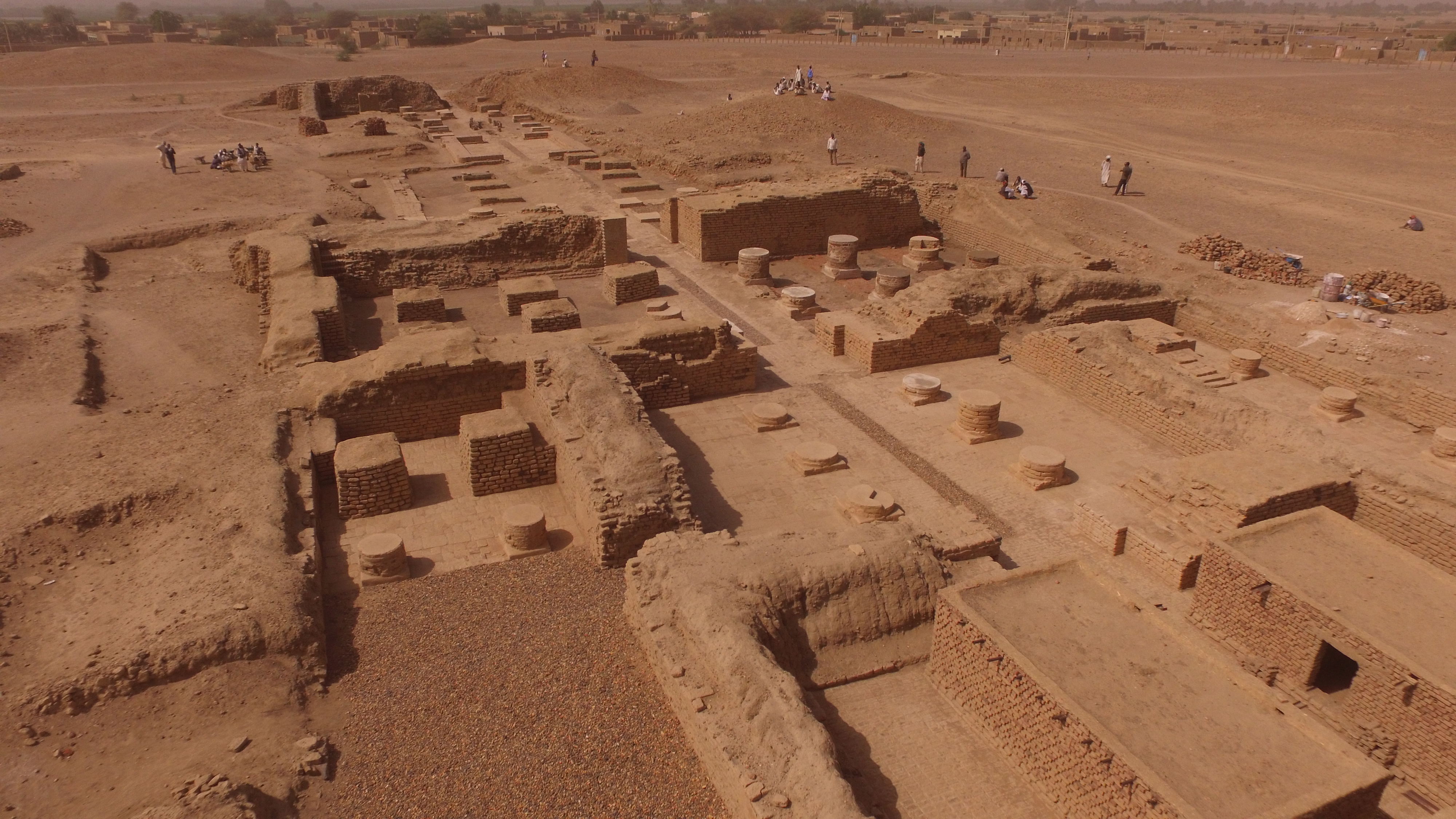
The statue parts were found in a temple dedicated to the god "Amun." This image is directed towards the main gate. The temple is about 120 meters (394 feet) long from east-west and was in use until the late third or early fourth century A.D.
Ancient tombs
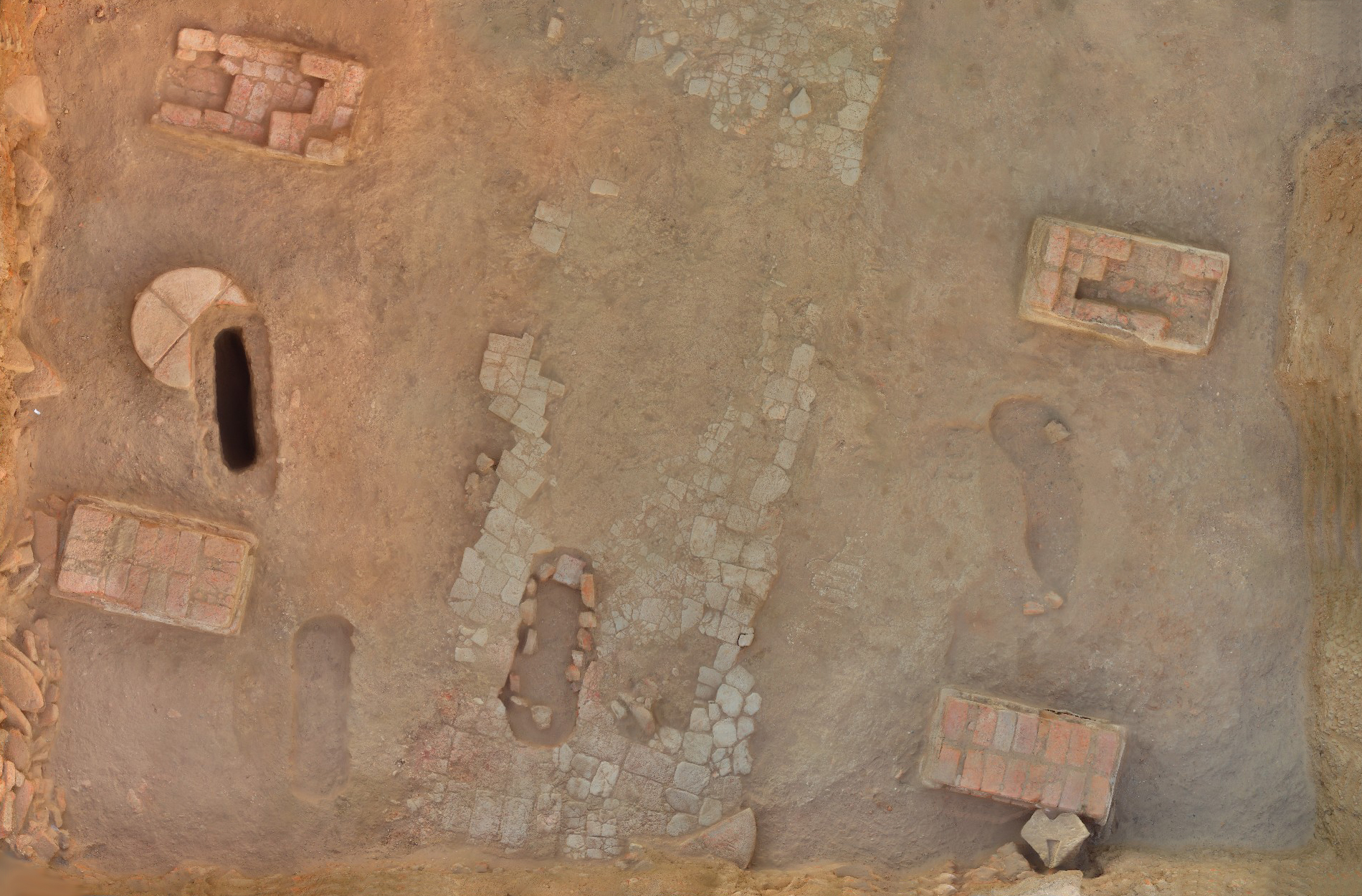
Archaeologists also recently found that between the late 11th century and early 13th century, long after the temple had been abandoned, people were digging graves at the temple ruins. This image, taken from above, shows several of these medieval tombs.
Beautiful jewelry
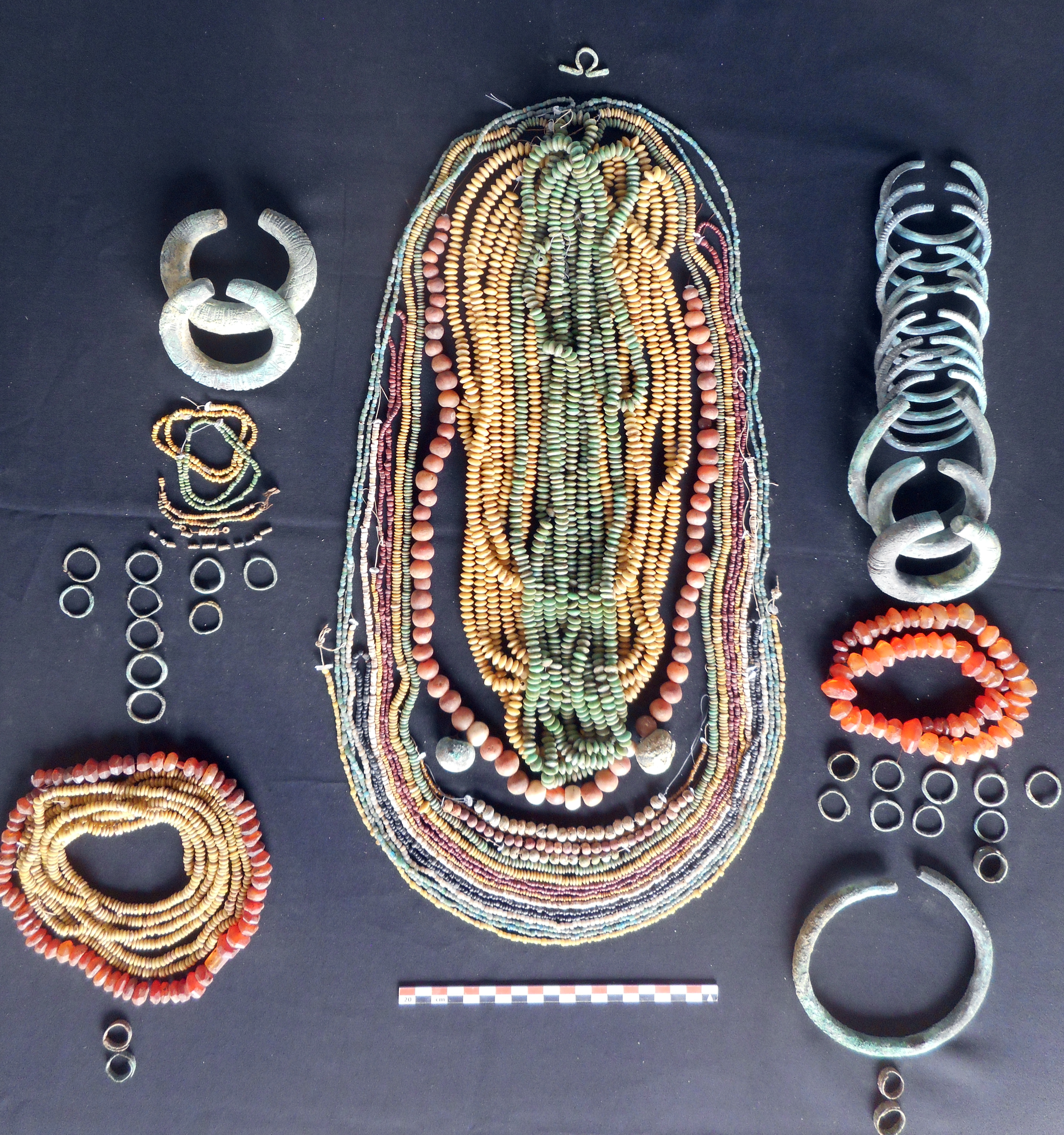
This jewelry was found buried with an adult woman in one of these medieval tombs. It's possible that she was from an elite background.
Beaded belt
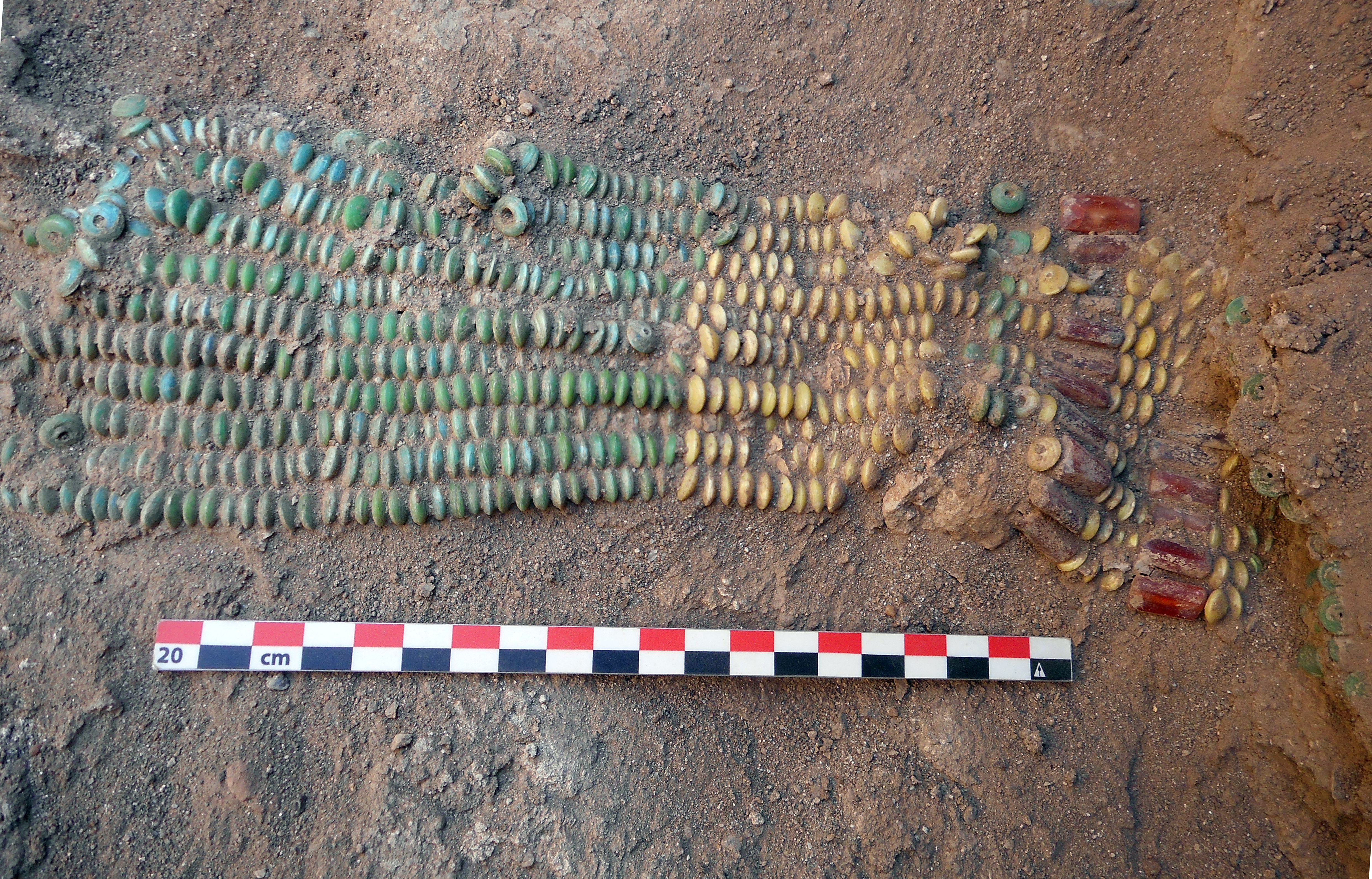
Another of the medieval tombs has this belt of glass and carnelian beads. An adult woman was also buried in this tomb.
Sign up for the Live Science daily newsletter now
Get the world’s most fascinating discoveries delivered straight to your inbox.

Owen Jarus is a regular contributor to Live Science who writes about archaeology and humans' past. He has also written for The Independent (UK), The Canadian Press (CP) and The Associated Press (AP), among others. Owen has a bachelor of arts degree from the University of Toronto and a journalism degree from Ryerson University.










